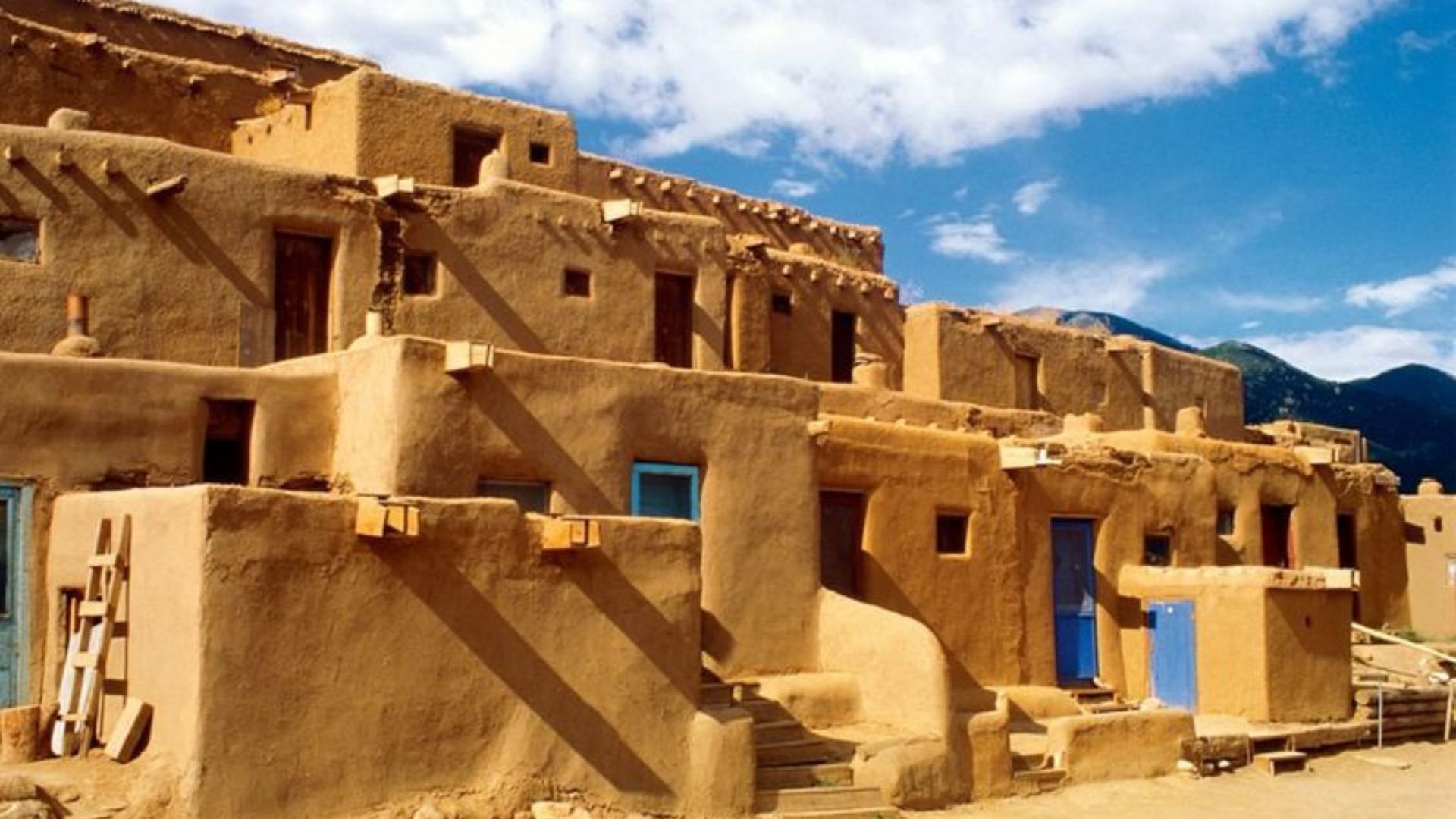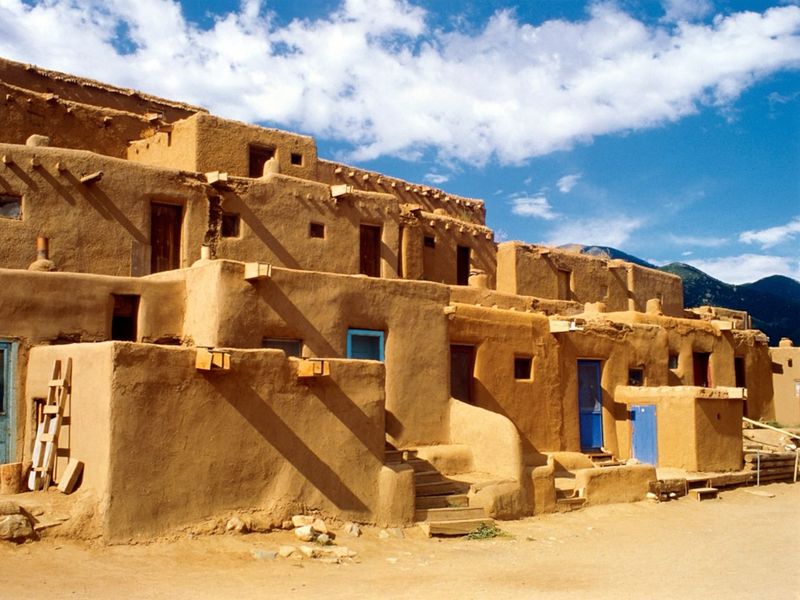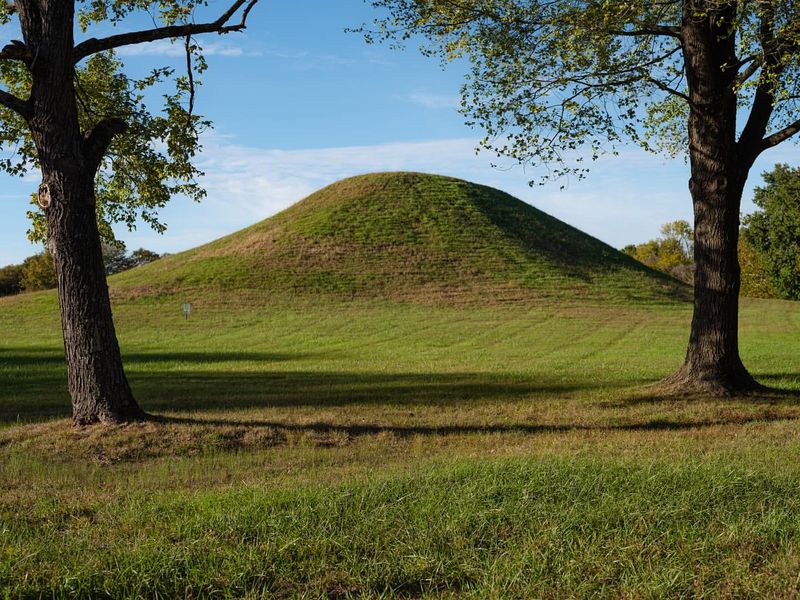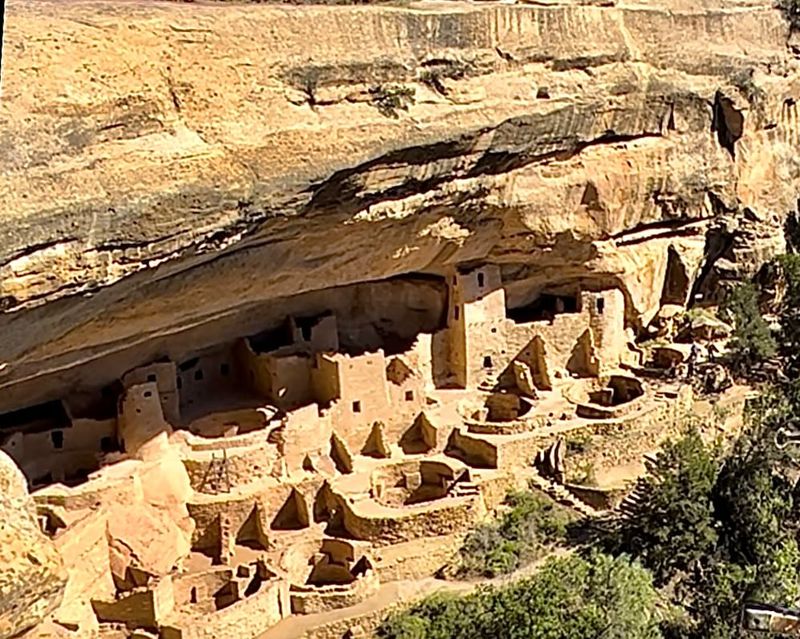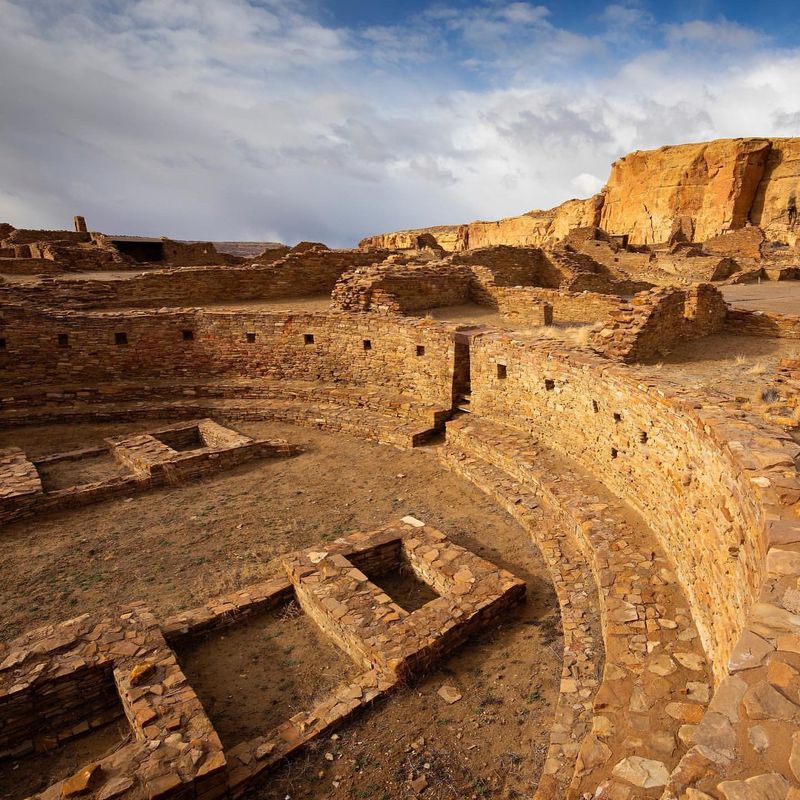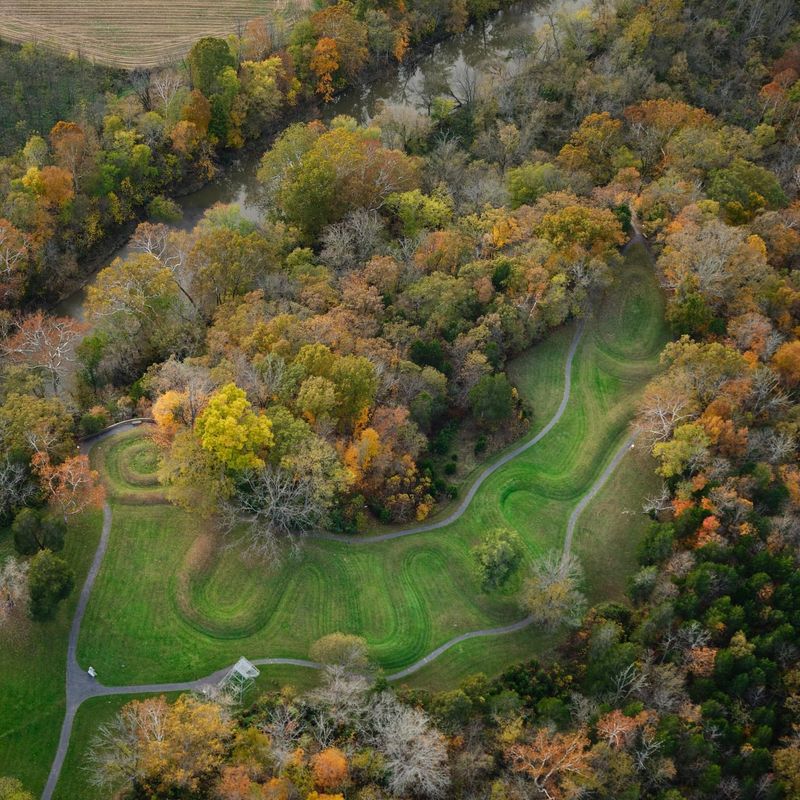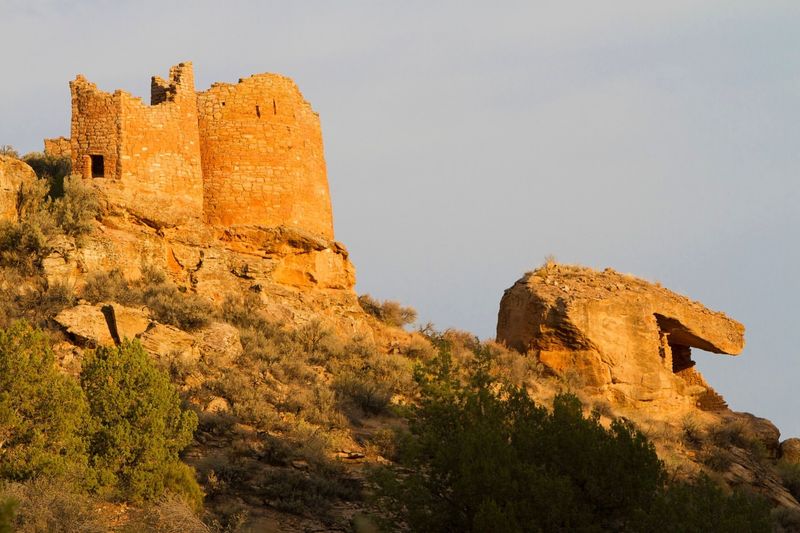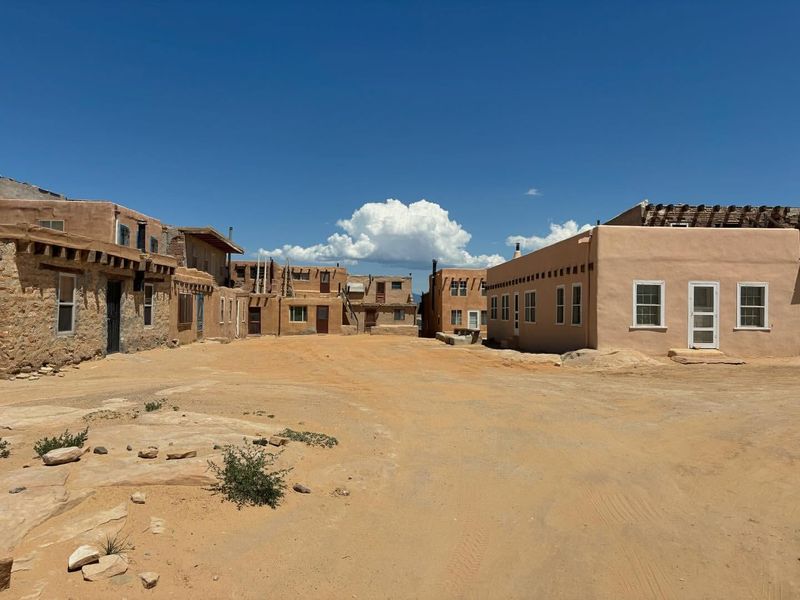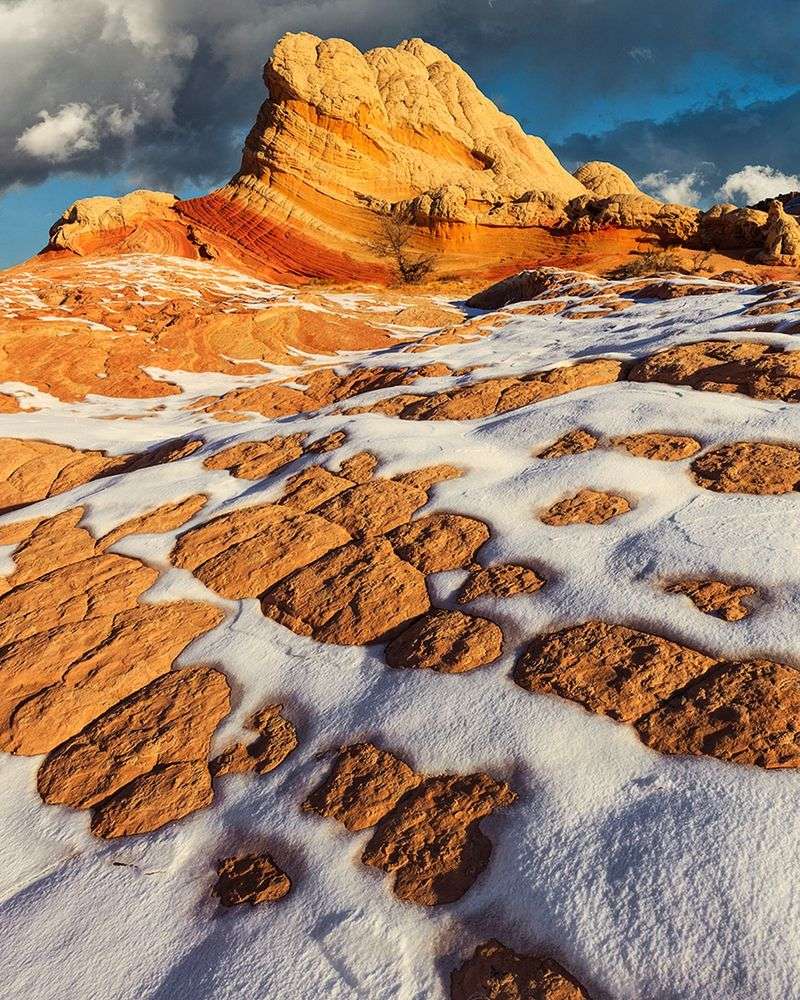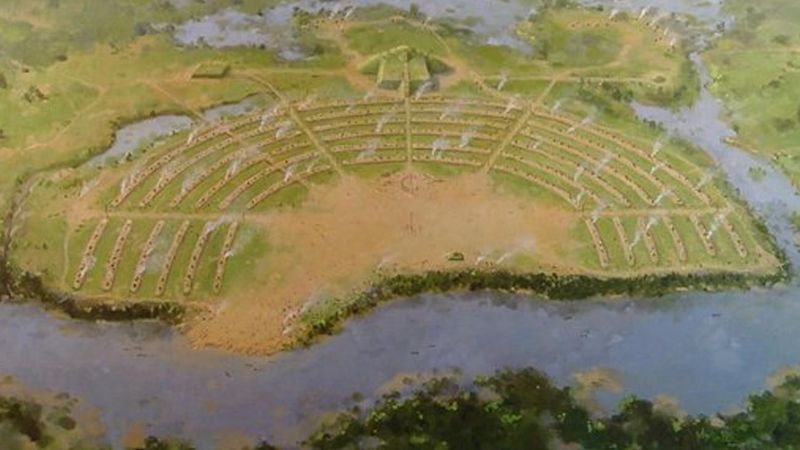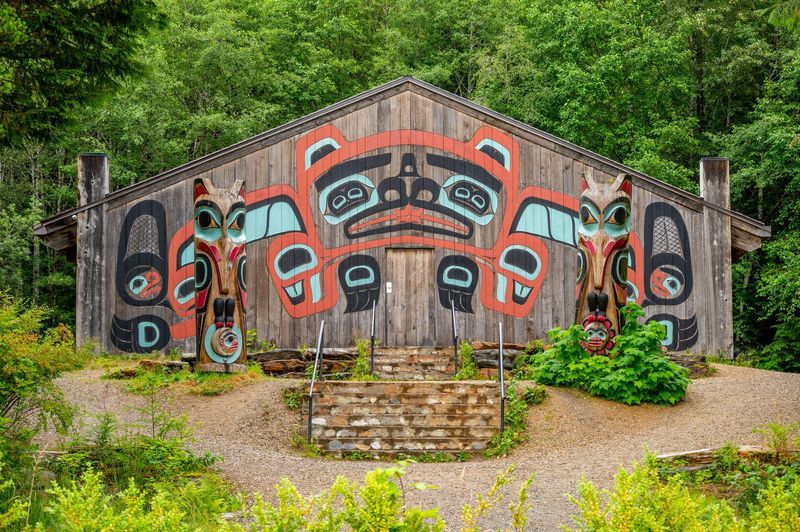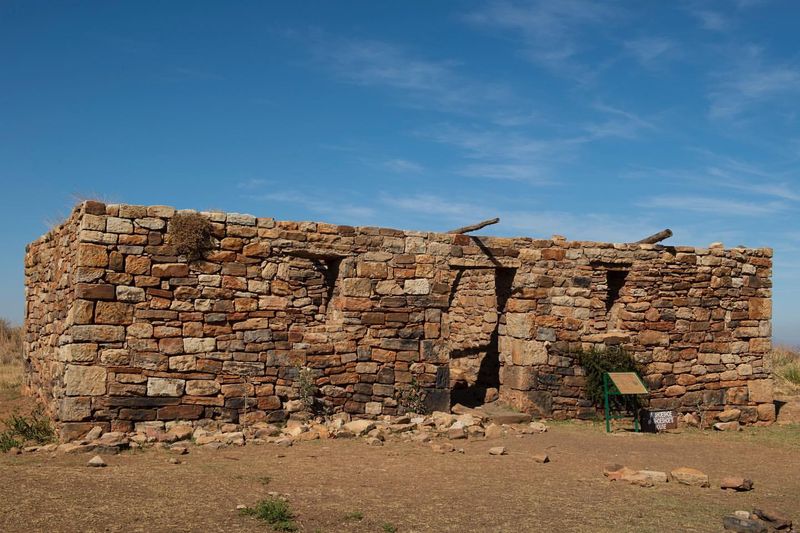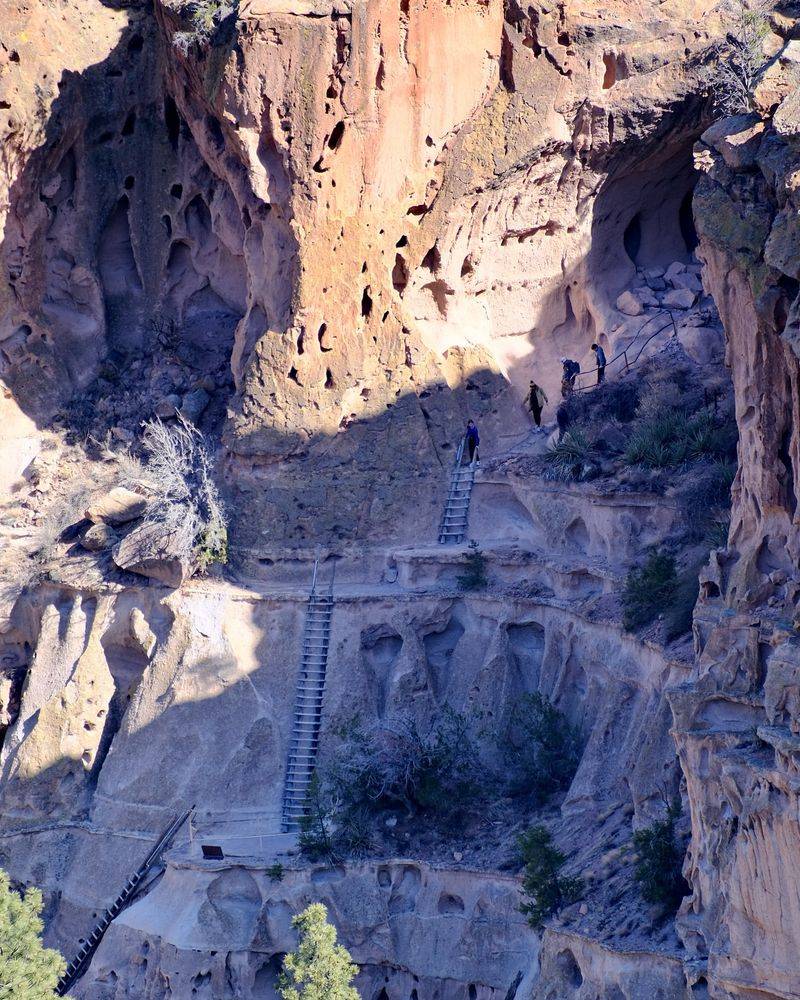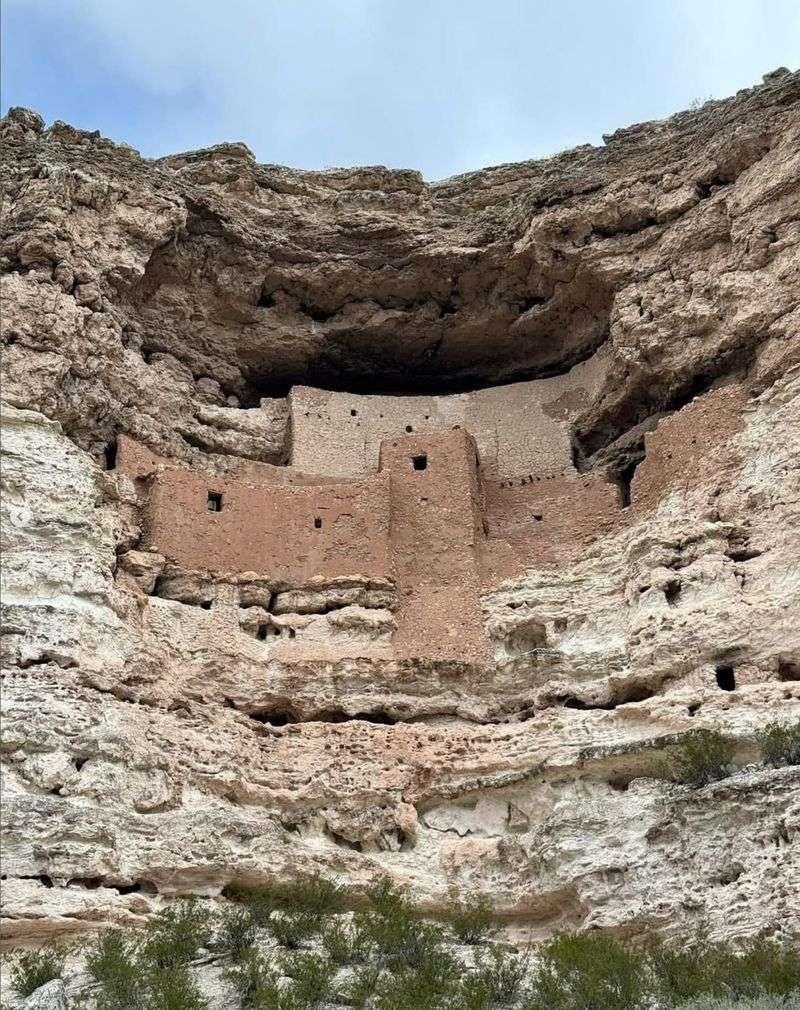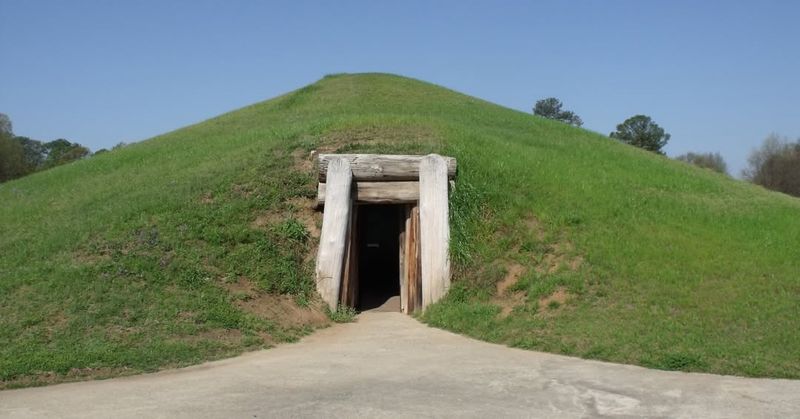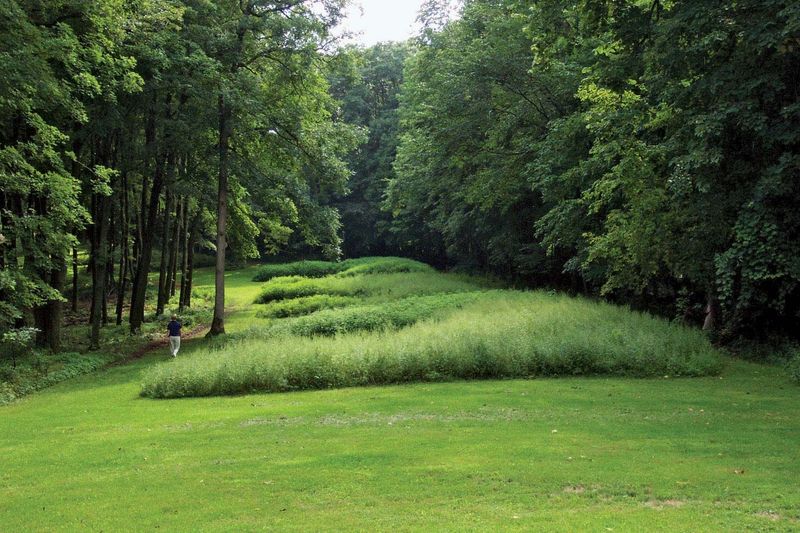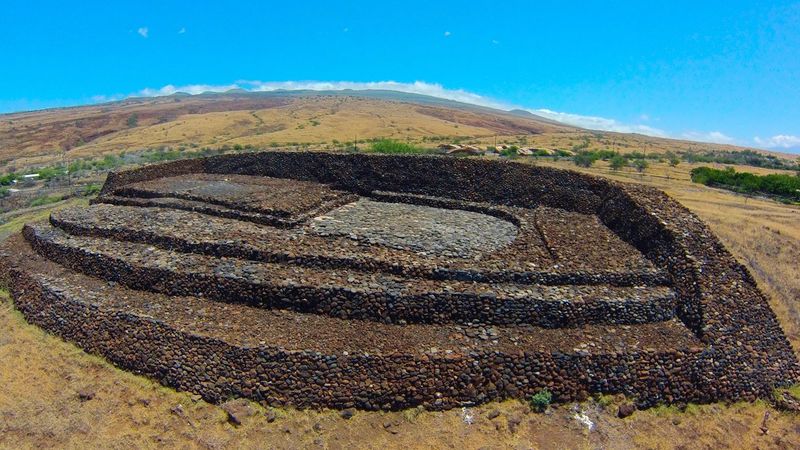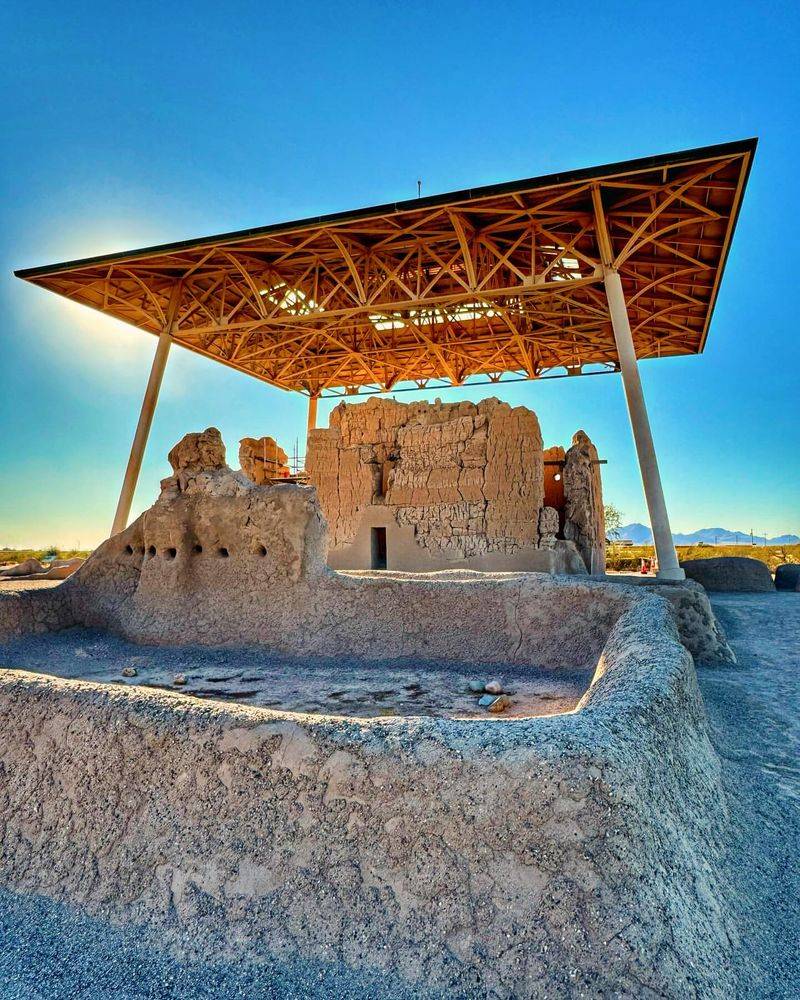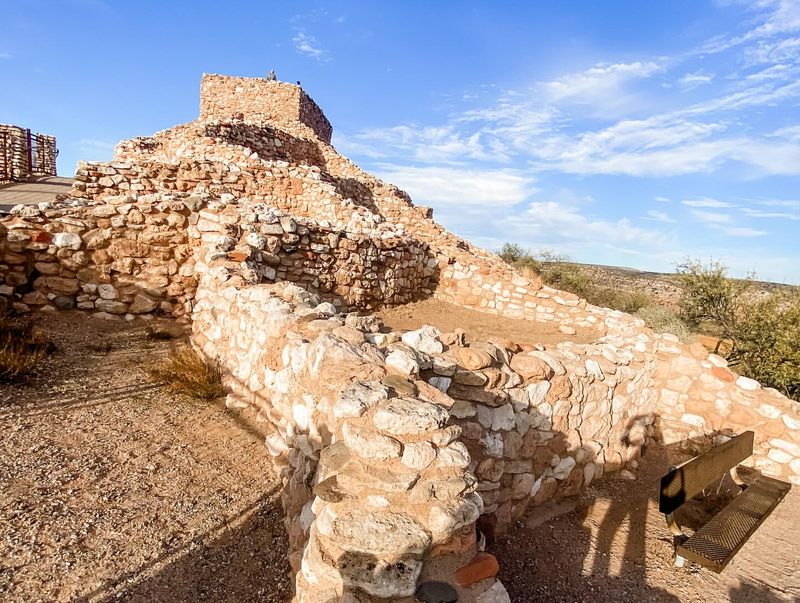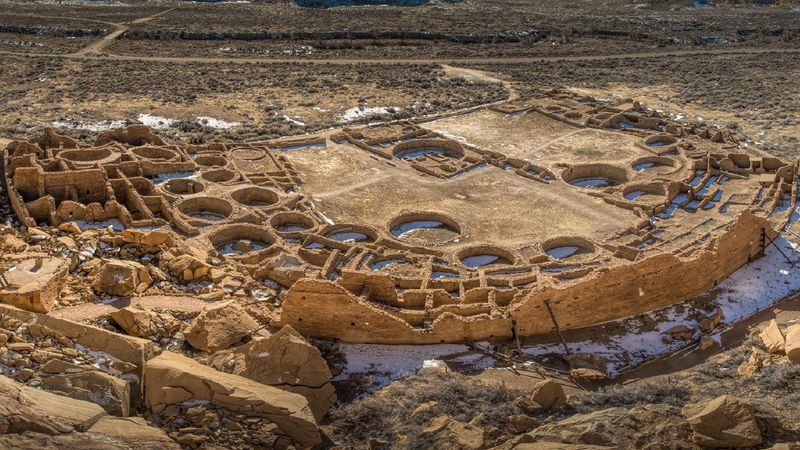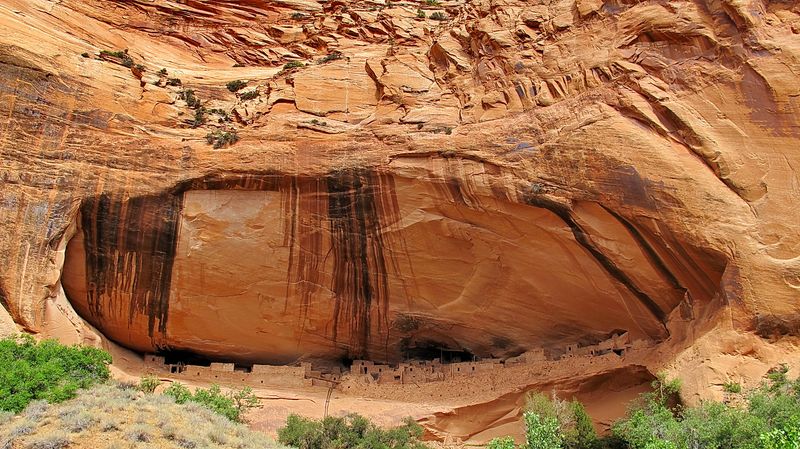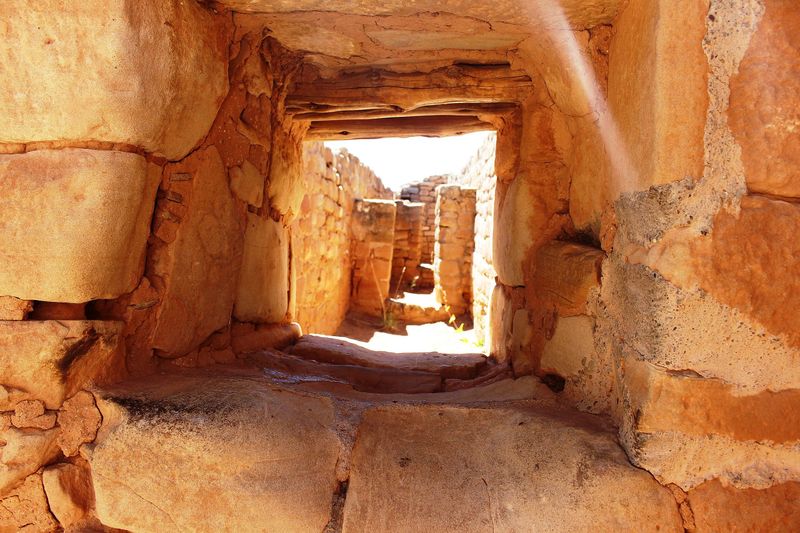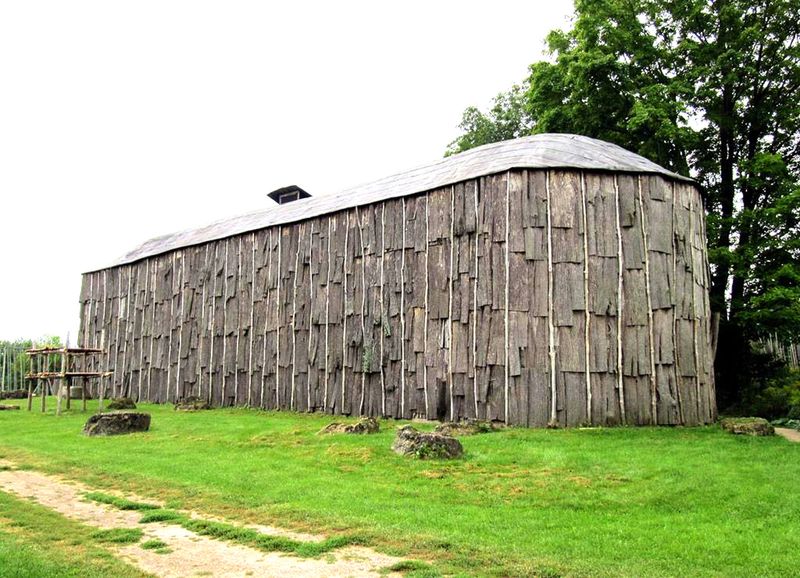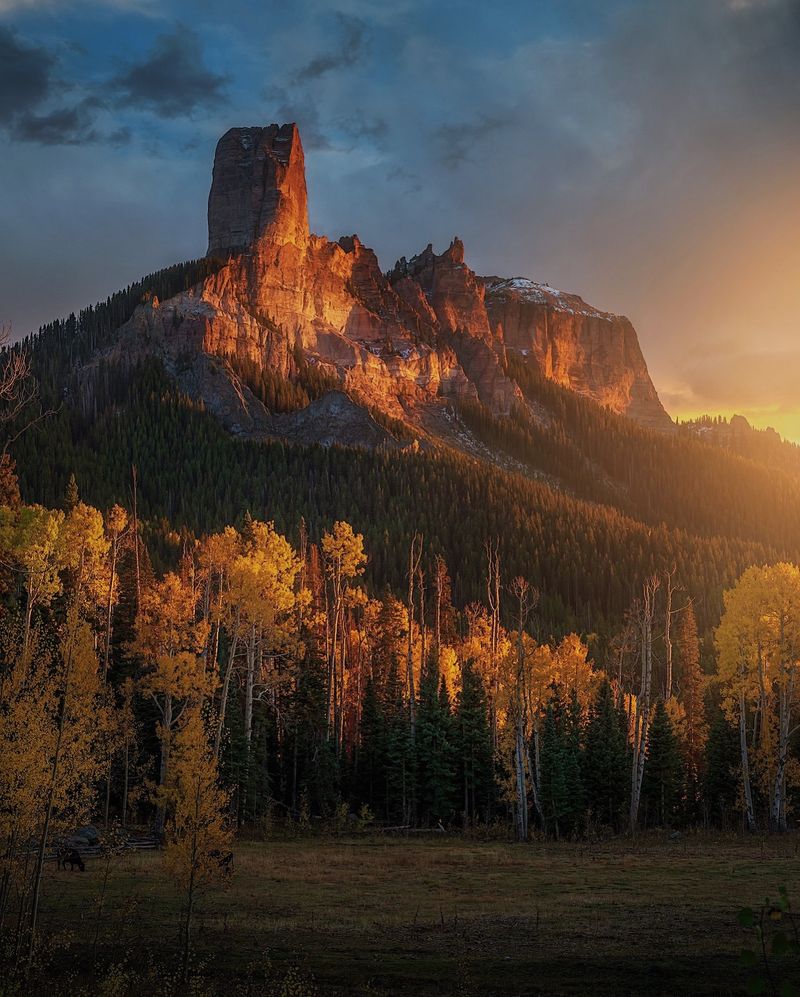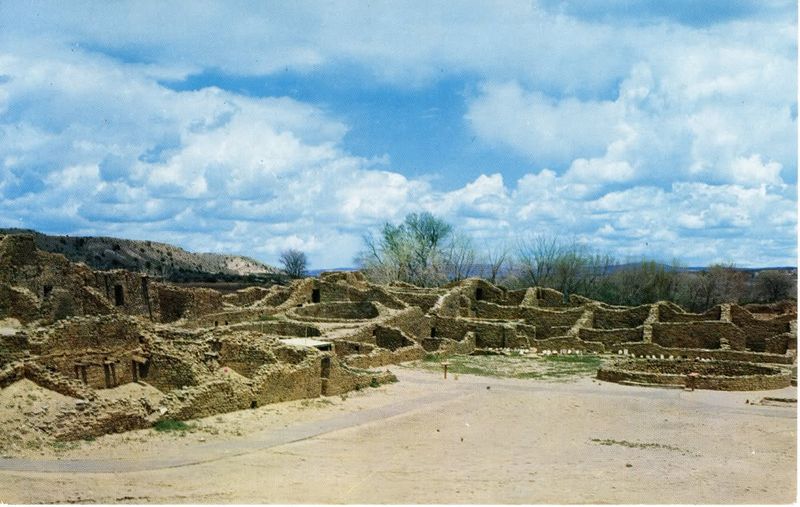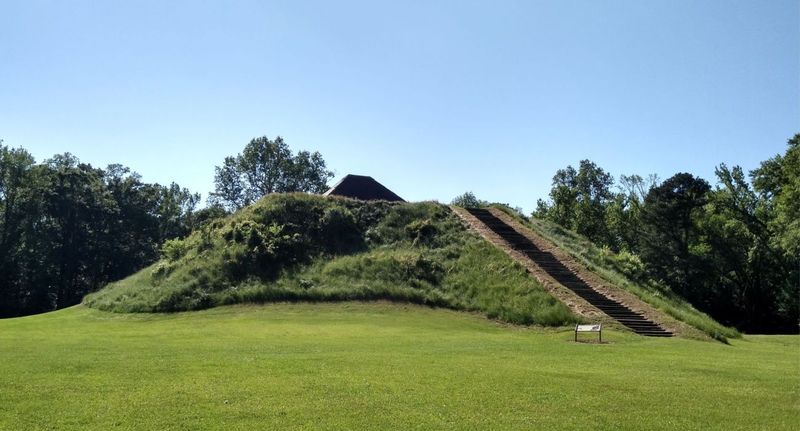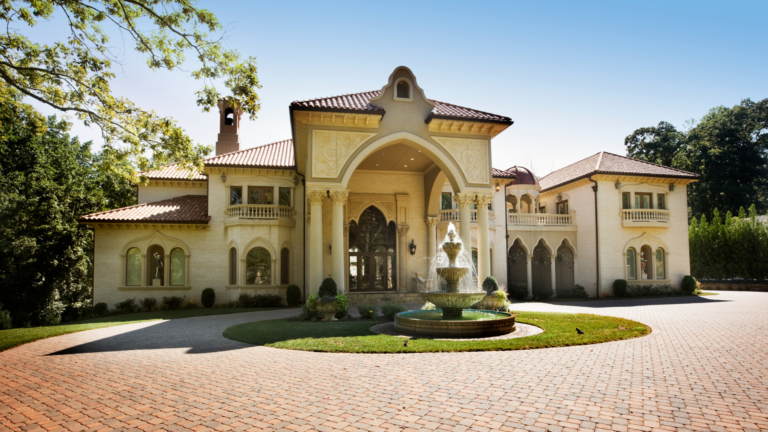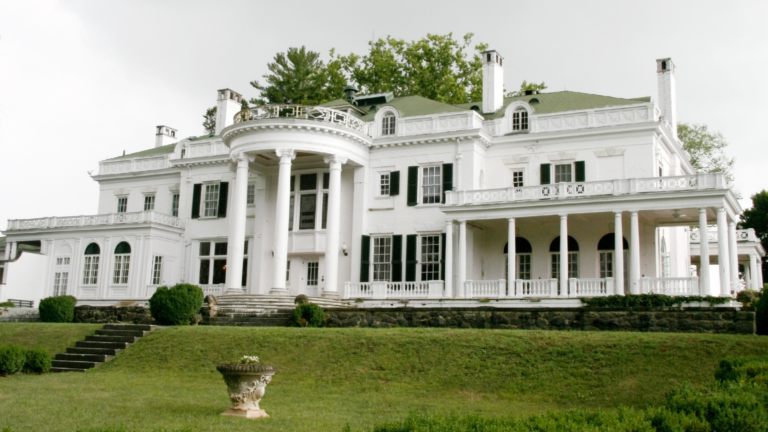Uncovering Top 25 Hidden Gems Of Native American Architecture
Embarking on a journey through Native American architecture reveals a world often hidden from mainstream eyes.
These structures, imbued with cultural significance and historical depth, offer a glimpse into the ingenuity and artistry of Indigenous peoples.
Each site tells a unique story, weaving together tradition, adaptation, and survival. Join me as we explore these 25 remarkable architectural gems that not only showcase the rich heritage of Native American societies but also inspire awe and admiration for their timeless beauty and craftsmanship.
1. Taos Pueblo
Taos Pueblo, nestled in New Mexico, stands as a symbol of Native American resilience and culture. Its multi-storied adobe buildings, crafted with sun-dried mud bricks, reflect centuries-old architectural techniques.
These structures have been continuously inhabited for over a thousand years, showcasing the enduring traditions of the Pueblo people.
Visitors to Taos Pueblo are greeted by a vibrant tapestry of history and community life. The site offers an intimate glimpse into the way of life that has persisted through generations, making it a true gem of Native architecture.
2. Cahokia Mounds
Cahokia Mounds, located in Illinois, is a testament to the engineering prowess of the Mississippian culture. The complex, with its towering earthen mounds, served as a ceremonial and administrative center over a thousand years ago.
Walking through Cahokia, one can almost hear the echoes of its bustling past. The mounds, particularly Monks Mound, are architectural marvels, reflecting the sophisticated societal structure of their creators.
This site is a powerful reminder of the intricate civilizations that thrived in North America long before European contact.
3. Mesa Verde Cliff Dwellings
Perched high in the cliffs of Colorado, the Mesa Verde Cliff Dwellings offer a glimpse into the lives of the Ancestral Puebloans. These impressive structures, built into natural alcoves, provided shelter and security.
The dwellings, with their meticulously laid stone walls, show an advanced understanding of engineering and resourcefulness. As you explore Mesa Verde, the sense of connection to its past inhabitants is palpable, making it a poignant experience.
This site is a testament to the Ancestral Puebloans’ architectural ingenuity and adaptability.
4. Chaco Canyon
Chaco Canyon, in New Mexico, is a remarkable archaeological site that was once the epicenter of Puebloan culture. The impressive great houses, constructed with precision-cut stones, demonstrate sophisticated construction techniques.
Exploring Chaco Canyon, you’re struck by the scale and complexity of its structures. The alignment of buildings with celestial events speaks to the astronomical knowledge of its builders.
This site not only highlights the architectural achievements of the Chacoans but also their deep connection to the cosmos and environment.
5. Serpent Mound
Serpent Mound, an ancient effigy in Ohio, captures the imagination with its sinuous shape stretching across the landscape. This earthwork, attributed to the Adena culture, reflects their cosmological beliefs.
Standing atop Serpent Mound, one feels a profound connection to the ancient past. The mound’s construction suggests a sophisticated understanding of astronomy and geometry.
This site is a powerful symbol of Native American spiritual and cultural expression, offering insight into the worldview of its creators and the land they revered.
6. Hovenweep National Monument
Hovenweep National Monument, straddling Utah and Colorado, is home to hauntingly beautiful stone towers built by the Ancestral Puebloans. These structures, perched on canyon rims, served as both dwellings and fortifications.
The towers of Hovenweep are architectural marvels, showcasing the ingenuity and adaptability of their builders.
As you wander the site, the rugged beauty of the landscape and the silent witnesses of time evoke a sense of wonder. Hovenweep stands as a testament to the resilience and creativity of its ancient inhabitants.
7. Acoma Pueblo
Acoma Pueblo, often referred to as Sky City, is one of the oldest continuously inhabited communities in North America. This village atop a mesa in New Mexico is renowned for its stunning adobe architecture.
Walking through Acoma, you’re enveloped by the living history of its people. The pueblo’s buildings, with their traditional construction methods, reflect a deep connection to the land.
Acoma Pueblo is more than just an architectural wonder; it’s a vibrant community that continues to celebrate its rich cultural heritage and traditions.
8. Walpi Village
Walpi Village, perched on the edge of First Mesa in Arizona, is a living testament to Hopi culture. The village, with its stone and adobe houses, has been continuously inhabited for hundreds of years.
As you stroll through Walpi, the sense of history is tangible. The architecture speaks to the adaptability and spiritual beliefs of the Hopi people. This site offers a unique opportunity to experience a way of life that has endured despite the passage of time, making it a true gem of Native American heritage.
9. Poverty Point
Poverty Point in Louisiana is an archaeological wonder that reflects the ingenuity of its ancient builders. This site, with its massive earthen mounds and ridges, dates back over 3,000 years.
The layout of Poverty Point reveals a sophisticated understanding of engineering and community planning. Exploring the site, one can’t help but marvel at the scale of these constructions.
It stands as a testament to the vibrant cultures that once thrived in the Mississippi Delta, long before modern development.
10. Tlingit Clan Houses
The Tlingit Clan Houses in Alaska offer a vibrant expression of Indigenous artistry and social structure. These wooden structures, adorned with intricate totem poles, reflect the rich cultural heritage of the Tlingit people.
Stepping inside a clan house, you’re enveloped in a world of tradition and storytelling. The architecture serves as a physical manifestation of clan identity and history. These houses stand as enduring symbols of community resilience, where every carving and beam tells a story of ancestry and cultural continuity.
11. Kinishba Ruins
Kinishba Ruins, nestled in the White Mountains of Arizona, are remnants of a once-thriving pueblo. These stone structures, built by the Mogollon culture, reflect sophisticated architectural planning.
The ruins, with their multi-room layouts, hint at the social complexity of their creators. Exploring Kinishba, the desert landscape provides a stark contrast to the ingenuity of its inhabitants. This site is a fascinating glimpse into the Mogollon way of life, showcasing their adaptability and connection to the land.
12. Bandelier National Monument
Bandelier National Monument in New Mexico is a captivating blend of natural beauty and archaeological wonder. The site features cliff dwellings and cave homes carved by the Ancestral Puebloans.
As you explore Bandelier, the harmony between human habitation and nature becomes evident. The structures, with their meticulous craftsmanship, reflect a deep understanding of the environment.
This monument is a poignant reminder of the resilience and creativity of its ancient inhabitants, offering a window into a world long past.
13. Montezuma Castle
Nestled in the limestone cliffs of Arizona, Montezuma Castle stands as a testament to the Sinagua people’s architectural prowess. This five-story, 20-room dwelling, built approximately 800 years ago, offers a glimpse into a bygone era.
Constructed using local limestone and clay, the castle blends seamlessly with the environment, embodying the Sinagua’s deep connection to the land.
The structure’s strategic location provided protection from the elements and potential invaders, showcasing the community’s foresight. Today, visitors can explore the surrounding areas, learning about the Sinagua culture through interpretive exhibits.
14. Ocmulgee Mounds
Ocmulgee Mounds in Georgia are a testament to the vibrant Mississippian culture that thrived in the Southeast. These earthen mounds, built for ceremonial purposes, reflect a high level of social organization.
Walking among the mounds, the connection to the past is palpable. The site’s layout reveals insights into the community’s way of life and spiritual beliefs. Ocmulgee Mounds offer a glimpse into a world where nature and architecture intertwined, reflecting the ingenuity of its ancient builders.
15. Effigy Mounds
Effigy Mounds in Iowa provide a unique glimpse into the spiritual world of the Woodland culture. These earthen mounds, shaped like animals, served as ceremonial and burial sites.
Exploring the mounds, the connection to nature and the spiritual symbolism becomes evident. Each mound’s shape tells a story, reflecting the culture’s deep reverence for the natural world. Effigy Mounds is a serene and contemplative site, offering insight into the beliefs and practices of its ancient creators.
16. Pu’ukoholā Heiau
Pu’ukoholā Heiau, perched on the island of Hawaii, is a sacred temple built by King Kamehameha I. This massive stone structure played a crucial role in unifying the Hawaiian Islands.
Standing atop the heiau, the ocean views are breathtaking. The architecture reflects the skill and labor of its builders, who transported stones from miles away. Pu’ukoholā Heiau remains a testament to Hawaiian history and spirituality, offering a profound connection to the cultural legacy of the islands.
17. Casa Grande Ruins
Casa Grande Ruins in Arizona are a fascinating glimpse into the Hohokam culture. This large adobe structure, protected by a canopy, showcases impressive engineering and adaptation to the desert environment.
Exploring the ruins, the scale and craftsmanship of Casa Grande become apparent. The structure’s purpose remains a mystery, inviting speculation about its role in the community.
Casa Grande Ruins stand as a symbol of the ingenuity and resilience of its builders, offering insight into a sophisticated ancient society.
18. Tuzigoot National Monument
Tuzigoot National Monument, perched atop a hill in Arizona, is a striking example of Sinagua culture. This stone pueblo, with its commanding views, reflects a strategic choice of location.
The ruins, with their intricate layouts, speak to the social and economic life of their inhabitants. Exploring Tuzigoot, one can imagine the daily life and trade that once thrived here. This site is a testament to the adaptability and foresight of its builders, offering a window into a vibrant past.
19. Pueblo Bonito
Pueblo Bonito, located in Chaco Canyon, New Mexico, is one of the most significant archaeological sites in the Southwest. This massive multi-story building showcases the architectural prowess of the Chacoans.
Walking through Pueblo Bonito, the scale and complexity of its design are astounding. The building’s alignment with celestial events indicates a deep understanding of astronomy. Pueblo Bonito offers a glimpse into the social and ceremonial life of its inhabitants, making it a vital link to the past.
20. Keet Seel
Keet Seel, embedded within the Navajo National Monument in Arizona, offers an extraordinary peek into ancestral Puebloan life. Its well-preserved cliff dwellings, dating back to the 13th century, are among the most intact examples of Native American architecture.
Constructed with sandstone and mud mortar, these dwellings highlight the resourceful use of locally available materials.
Accessing Keet Seel involves a challenging hike, rewarding visitors with an immersive historical experience. The surrounding landscape, marked by rugged canyons, further accentuates the ingenuity required to thrive in such a setting.
21. Sun Temple
Sun Temple, located in Mesa Verde, is a fascinating example of Ancestral Puebloan ceremonial architecture. This D-shaped stone building, though never completed, hints at its intended spiritual significance.
The layout and design suggest a site for communal gatherings and rituals. Exploring Sun Temple, the precision of its construction becomes evident. This structure is a window into the religious and cultural life of its builders, offering a glimpse into their beliefs and aspirations.
22. Iroquois Longhouse
The Iroquois Longhouse, often found in the northeastern forests of North America, embodies communal living and sophisticated design. These elongated structures, crafted from wooden frames and covered with sheets of bark, housed multiple families, fostering a sense of unity and cooperation.
The longhouse’s design reflects a deep understanding of the local climate, providing warmth in winters and coolness in summers.
Beyond their practical uses, longhouses were central to Iroquois social and political life, serving as venues for councils and ceremonies. Exploring these structures provides valuable insights into the Iroquois’ social organization and communal values.
23. Chimney Rock
Chimney Rock, situated on a rocky ridge in Colorado, is an awe-inspiring archaeological site that connects ancient Puebloan people with the celestial world. The stone structures here align with significant astronomical events.
Standing at Chimney Rock, the panoramic views are breathtaking. The site’s design reflects a deep spiritual connection to the cosmos. Chimney Rock is a testament to the ingenuity and cultural sophistication of its builders, offering insights into their understanding of the universe.
24. Aztec Ruins National Monument
Aztec Ruins National Monument in New Mexico offers a captivating glimpse into the world of the Ancestral Puebloans. This large stone pueblo, with its interconnected rooms, reflects advanced architectural planning.
Walking through the ruins, the complexity of the society that built them becomes apparent. The site’s unique features, like the Great Kiva, highlight its ceremonial importance. Aztec Ruins stand as a testament to the cultural and spiritual life of its inhabitants, offering a window into a vibrant past.
25. Moundville Archaeological Site
Moundville Archaeological Site in Alabama is a powerful reminder of the once-flourishing Mississippian culture. The site’s earthen mounds served as platforms for ceremonial and residential structures.
Exploring Moundville, the scale and organization of the site are striking. The mounds, with their strategic placement, reveal insights into the social and political life of the community.
This site is a testament to the complexity and sophistication of its builders, offering a glimpse into a world where architecture and belief systems intertwined.

